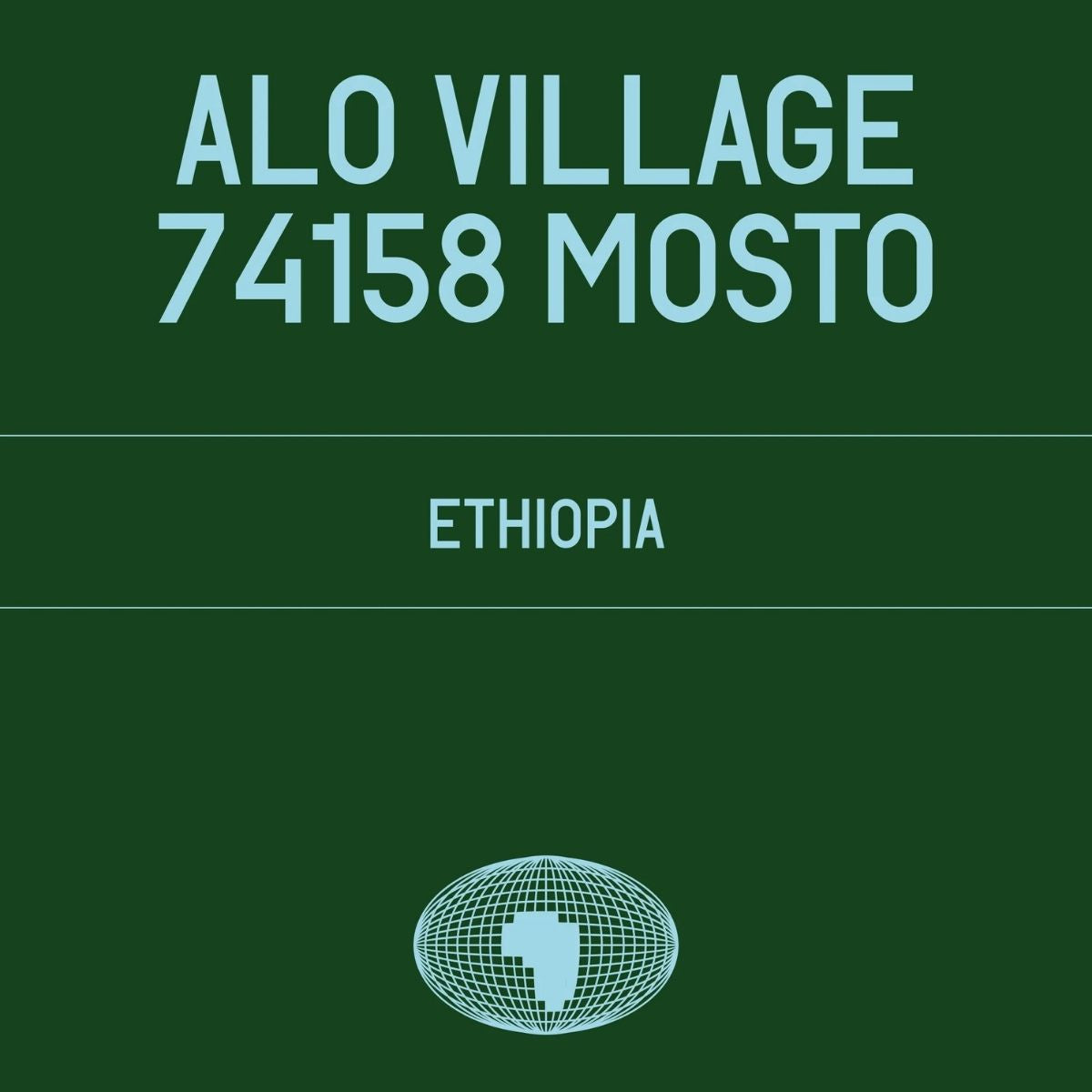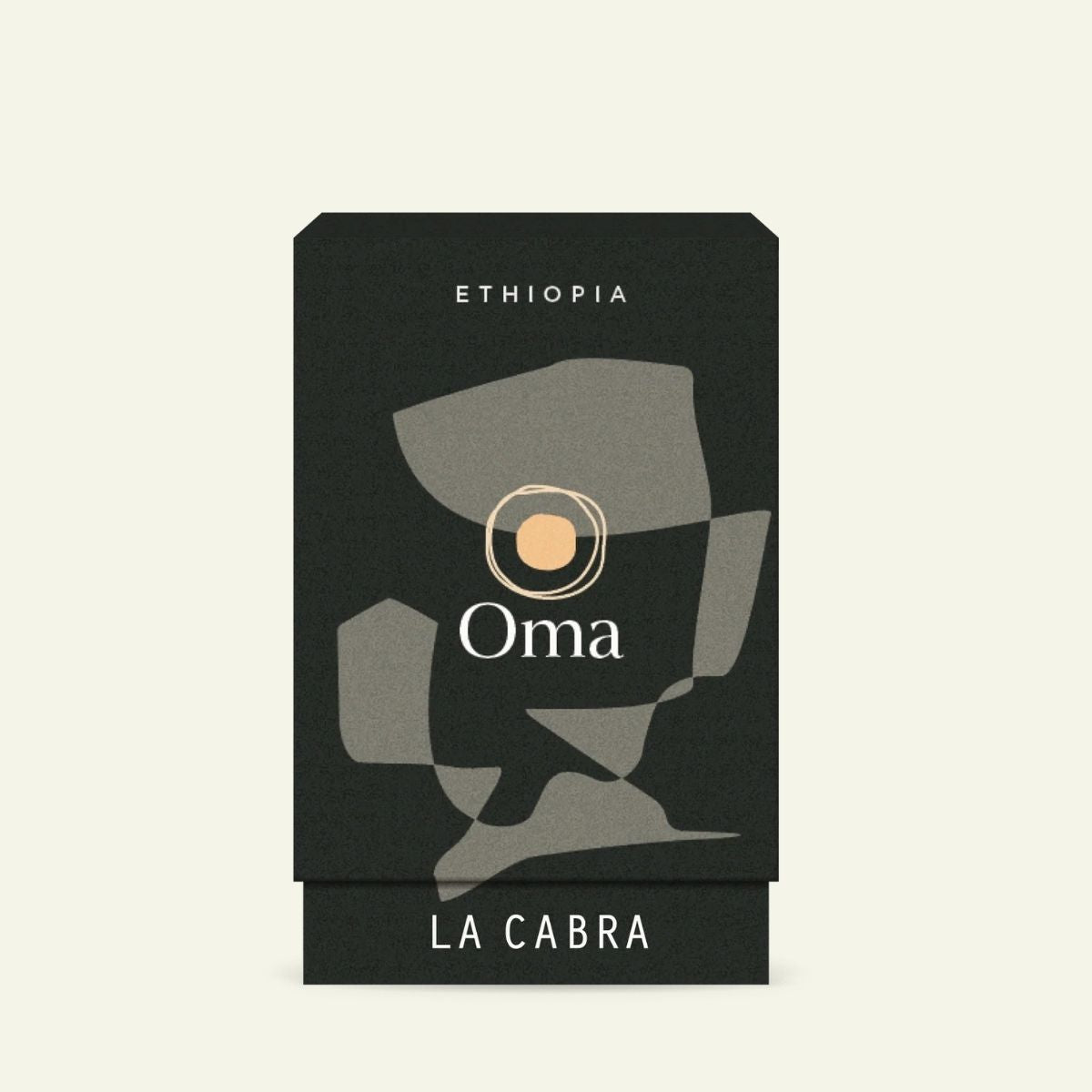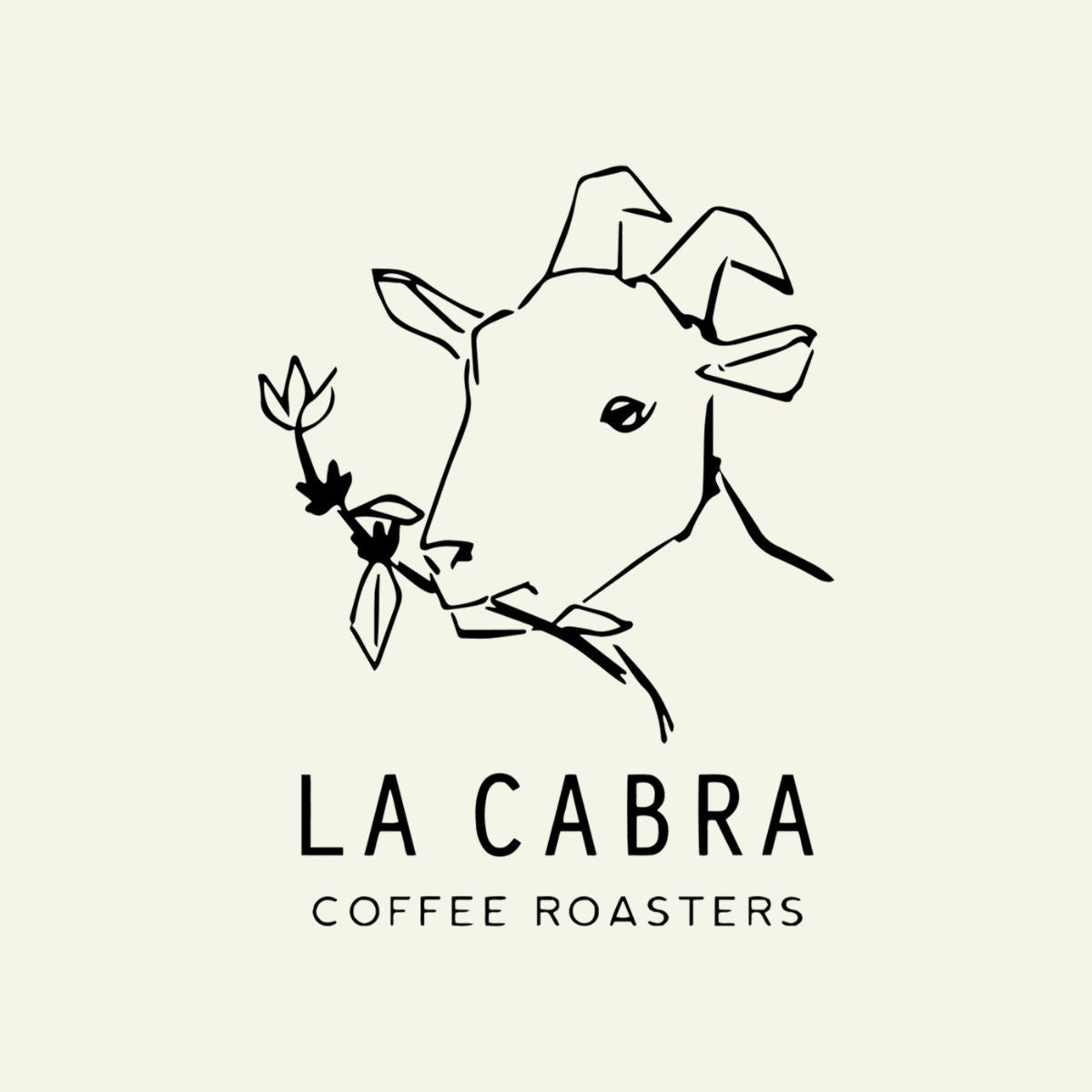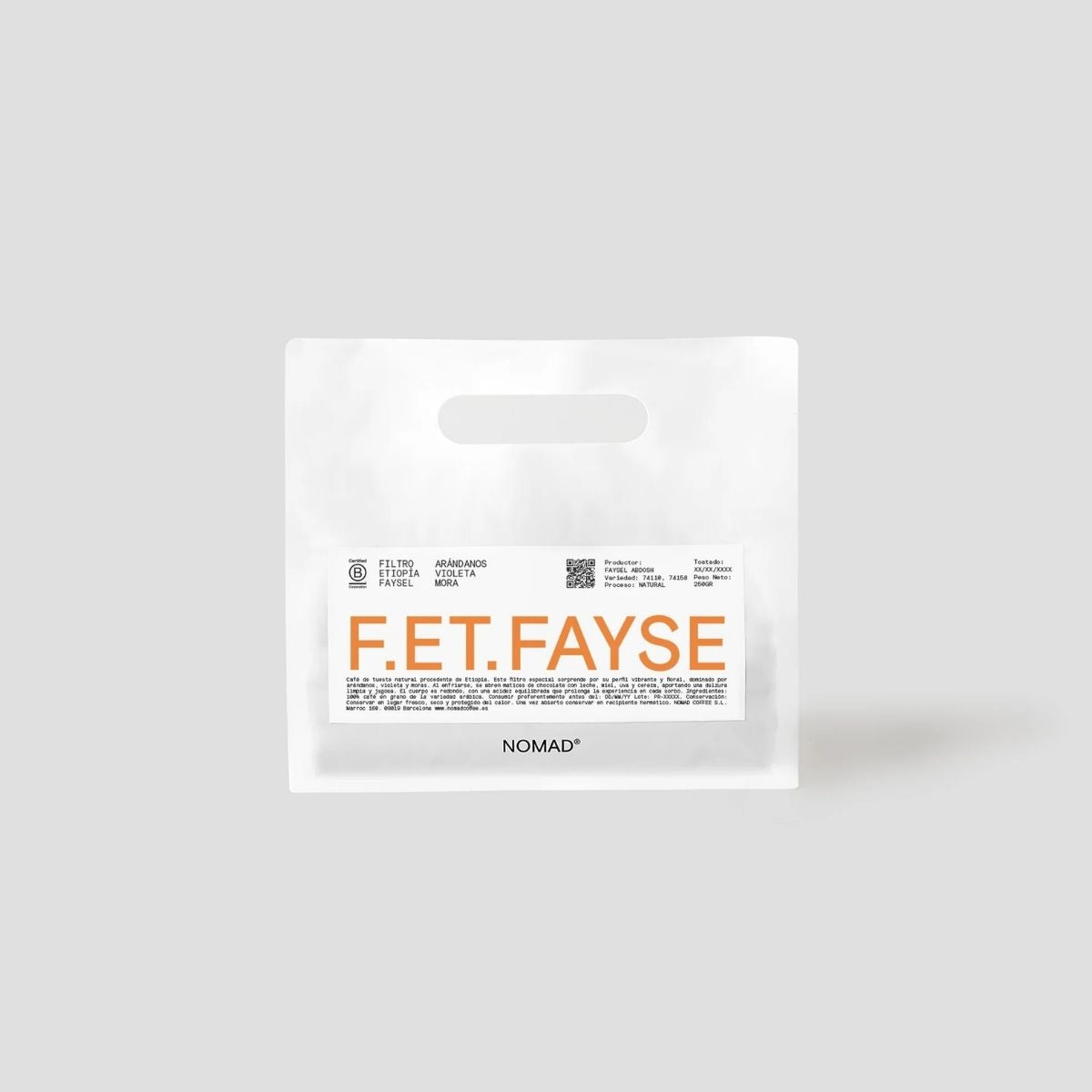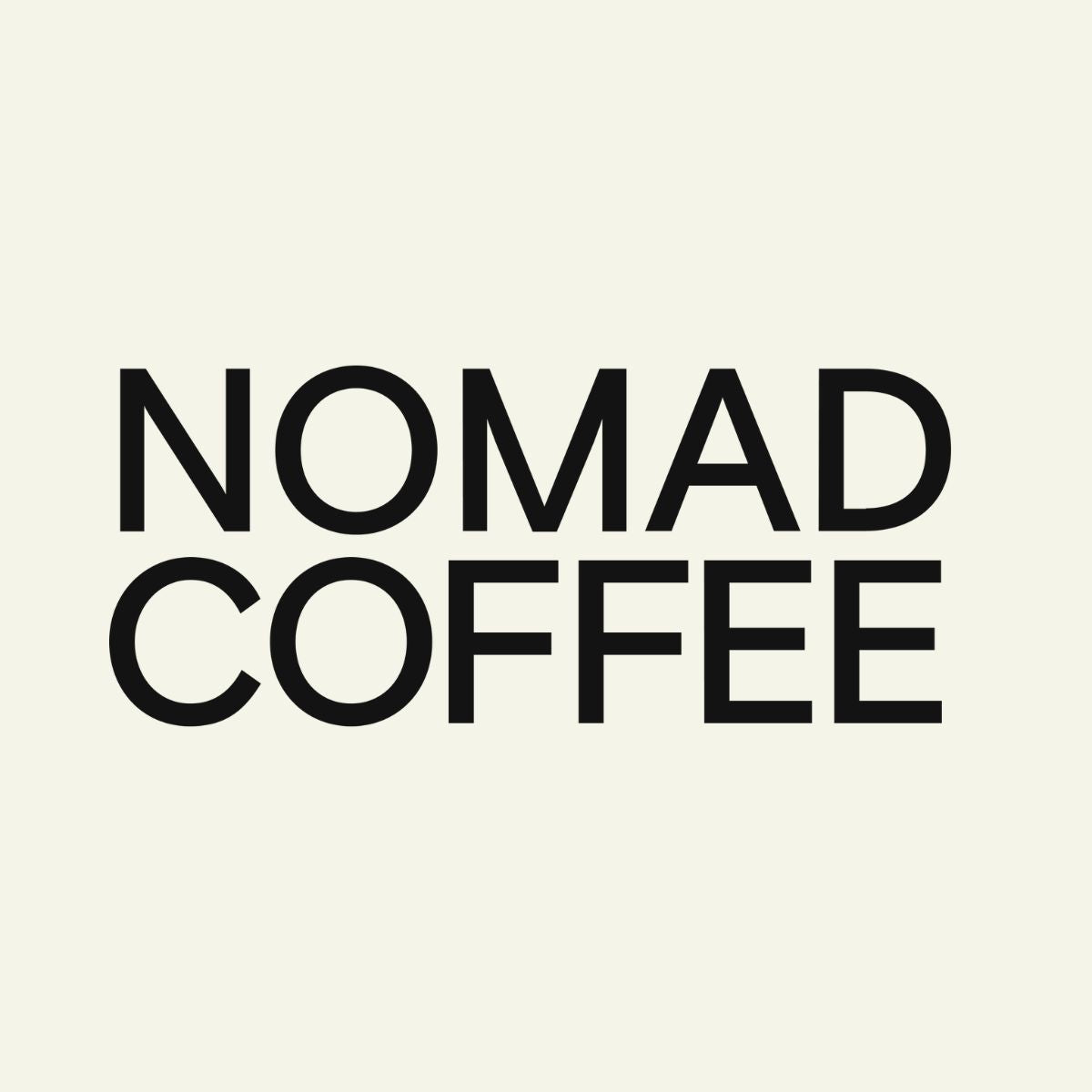
What Does “Heirloom” Actually Mean in Ethiopian Coffee?
If you’ve ever picked up a bag of Ethiopian coffee, chances are you’ve seen the word “heirloom” on the label. Despite common belief, heirloom isn’t actually a variety.
When roasters write “heirloom,” they’re referring to a vast genetic mix of indigenous Ethiopian coffee plants. Ethiopia is considered the birthplace of coffee, and for good reason — coffee trees grow naturally here, thriving in the country’s unique high-altitude, forest-shade environments and rich volcanic soil.
It’s estimated that there are 6,000–10,000 wild coffee varieties growing in Ethiopia, and only a fraction of them have been genetically identified. For most farmers, mapping every single tree is practically impossible — it’s expensive, time-consuming, and unnecessary since the genetics are already so mixed.
That’s why most Ethiopian lots are labeled simply as “heirloom.” Yet, the flavor range is enormous — from floral and tea-like to syrupy and rich, depending on which varieties are blended and how they’re processed.
At Nordic Brew Lab, we love this about Ethiopian coffee — the unpredictability is part of the magic.
The ECX & Washing Stations: Why Traceability Is So Difficult
Another reason Ethiopian coffee often feels mysterious lies in how it’s traded.
In 2008, the Ethiopian Coffee Exchange (ECX) was established to centralize trading and ensure farmers received a fair minimum price. Here’s how it works:
- Many smallholders (often with less than one hectare of land) sell their coffee cherries to local washing stations
- Cherries from different farms are mixed and processed together
- Coffees are then sold under regional names like Yirgacheffe, Sidama, or Guji
- Farm-level traceability is lost
While the ECX model helps stabilize income for small farmers, it also means that most Ethiopian coffees can’t be traced to individual farms or exact varieties. For roasters and coffee lovers, this adds a layer of mystery — but it’s also part of what makes Ethiopian coffee so fascinating.
Export Restrictions & Currency Challenges
Ethiopia also faces ongoing foreign currency shortages (USD) — essential for importing goods like medicine and equipment.
In 2022, new regulations required coffee exporters to:
- Convert 70% of foreign currency earnings into Ethiopian Birr
- Keep only 30% in USD
This had a major ripple effect:
- Many exporters began using coffee primarily to access USD
- Coffee was often sold at loss-making prices, prioritizing volume over quality
- High-scoring Ethiopian lots became rarer and more expensive
As a result, some Ethiopian coffees on the market today show lower acidity and fewer florals, leaning more toward nutty or papery flavor profiles. But exceptional lots do still exist — and when you find them, they’re worth every sip.
Why This Matters to Coffee Lovers
This explains why Ethiopian coffees can vary so dramatically in taste. One Yirgacheffe might burst with jasmine, peach, and bergamot, while another from the same region might taste like cocoa and roasted nuts.
At Nordic Brew Lab, we carefully curate Ethiopian lots that truly reflect the magic of the origin — coffees that embody clarity, florals, and sweetness rather than just being labeled “heirloom.”
👉 Explore our Ethiopian Washed Coffees and Ethiopian Natural Coffees.
How to Brew Ethiopian Coffees
Ethiopian coffees are grown at very high altitudes in rich, volcanic soil, resulting in extremely dense beans. This density significantly affects how the coffee behaves when ground and brewed.
- Grind slightly coarser than you normally would. Dense beans produce more fine particles (fines) when ground, which can lead to clogging or over-extraction, making the cup taste dry or bitter.
- Be gentle with agitation. Too much stirring or swirling causes fines to migrate and block flow, especially in V60 or flat-bottom drippers. Keep turbulence minimal and controlled.
- Mind your water. Soft, magnesium-balanced water enhances florals and texture. Use demineralized water and add minerals with Apax Lab droplets for precise control.
- Brew method: Pour-over methods like V60, Orea, or Kalita are ideal.
Brewing Tools That Make a Difference
If you want to bring out the best in Ethiopian coffees at home, your equipment matters as much as your beans.
- Grinder: Kinu M47 Phoenix — offers stepless adjustment and uniform grind quality, reducing fines that cause bitterness.
- Filters: Sibarist FAST Filters — highlight acidity and flavor clarity beautifully.
- Water: BWT Bestmax Filter — softens your water and adds magnesium for better mouthfeel.
These tools help you unlock the bright, floral, and tea-like profiles Ethiopian coffees are famous for.
Final Thoughts
- “Heirloom” isn’t a coffee variety — it’s a catch-all term for thousands of wild Ethiopian plants.
- The ECX system and export regulations make full traceability difficult.
- Truly exceptional Ethiopian coffees still exist — they’re just harder to find.
- Brewing them correctly (with the right grind, water, and tools) reveals why this origin is legendary.
At Nordic Brew Lab, we handpick both the coffees and the gear to help you taste that difference.Scroll down to see the Ethiopian coffees we have in stock at the moment!
👉 Explore our full selection of coffee gear and rare coffees to elevate your next brew.

